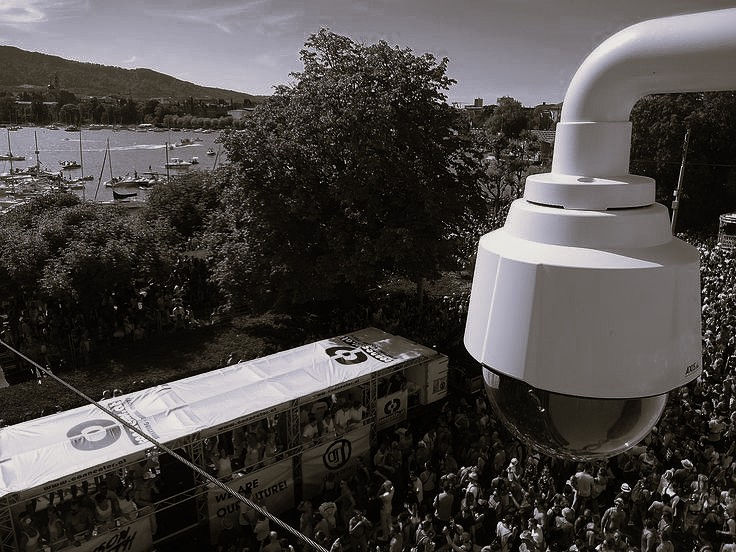When to Hire Executive Protection?
- PPSGroup
- May 31
- 2 min read
High-profile individuals and business leaders in Saudi Arabia operate in a dynamic environment where visibility, influence, and decision-making authority can attract unwanted attention. Understanding when to engage executive protection services is essential to maintaining personal safety, protecting business continuity, and ensuring peace of mind during both routine and high-risk scenarios. The right timing often depends on a combination of threat indicators, professional activities, travel needs, and personal lifestyle changes.

Recognising Escalating Threat Levels
In today’s interconnected world, threats no longer rely solely on physical proximity. Digital platforms have become a common tool for adversaries to gather intelligence, observe behavioural patterns, and exploit vulnerabilities. Public social media posts, online interviews, and press coverage can unintentionally expose executive routines, travel plans, and family details, increasing security risks.
Recognising Critical Warning Signs
Direct threat indicators:
Threatening communications received via email, phone calls, or social media.
Suspicious surveillance activities near homes, offices, or frequently visited locations.
Unusual inquiries about schedules or family members from unknown individuals.
Anonymous packages delivered to residential or business addresses.
Hostile confrontations during business meetings or public events.
Indirect risk factors:
Decisions that result in public controversy or backlash.
Corporate layoffs or restructures affecting employee morale.
Environmental or regulatory actions attracting protest or activist groups.
Ongoing legal proceedings involving the executive or company.
Media reports that personalise or sensationalise business disputes.
Major Business Transitions and Public Exposure
Executives often face heightened risk during key corporate milestones. Public offerings, mergers and acquisitions, leadership changes, or major restructuring events place executives in the spotlight, making them more vulnerable to scrutiny and targeted actions. In such high-visibility situations, executive protection provides a crucial safety net that ensures leaders can operate effectively and confidently.
Travel and Event Security Requirements
International business travel requires more than logistical coordination. It demands comprehensive advance planning that accounts for local risks, cultural nuances, and emergency contingencies. Executive protection teams assess destinations, plan secure transport, evaluate accommodations, and establish reliable communication protocols to ensure seamless and secure travel experiences.
Essential travel security measures include:
Risk assessment for each destination.
Secure vehicle arrangements and alternate route planning.
Hotel security reviews and safe room selection.
Emergency contact and evacuation protocols.
Collaboration with local law enforcement.
Medical contingency planning and access to immediate care.
Event security considerations include:
On-site surveys and threat assessments before arrival.
Coordination with event staff and venue security teams.
Pre-screening of guest lists and vendor personnel.
Clear evacuation strategies and rapid response procedures.
Discreet presence that ensures security without disrupting objectives.
Personal and Family Considerations
Increased visibility in one’s personal life can be just as significant a trigger for executive protection as professional responsibilities. Lifestyle changes such as acquiring luxury property, engaging in philanthropy, or joining exclusive networks often elevate a client’s profile. Executive protection experts help clients enjoy these privileges while safeguarding their privacy and personal safety.
Economic and Political Climate Factors
Fluctuating economic conditions, regional unrest, or contentious policy changes can heighten the risk landscape for executives, especially those associated with industries that have broad social or economic impacts. During periods of public frustration or uncertainty, business leaders may face backlash not just from stakeholders but from the general population. In these scenarios, executive protection ensures continuity, safety, and preparedness.





Comments